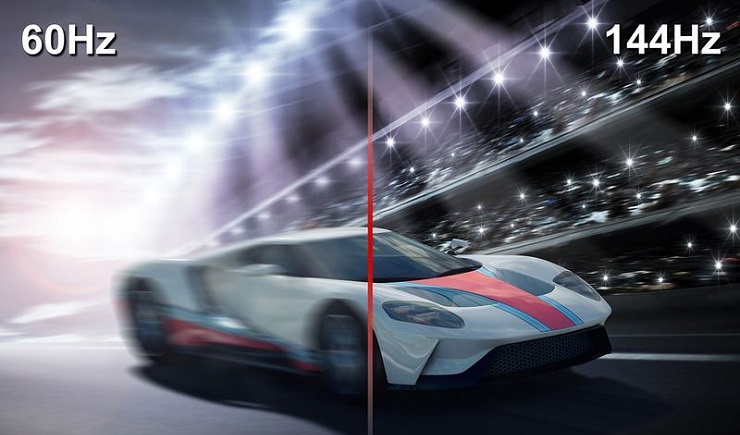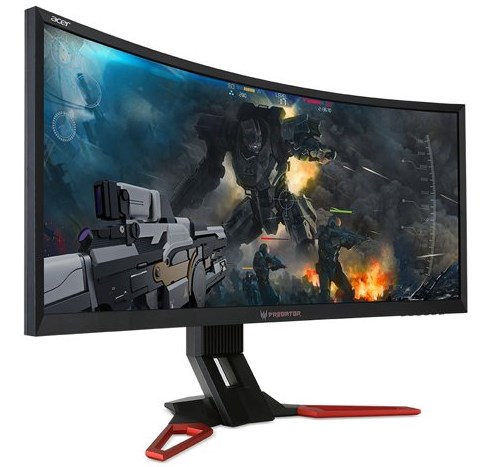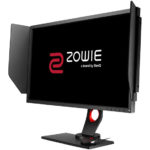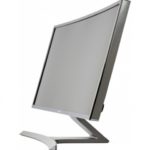How to increase monitor Hz
 People often assume that "120Hz" has something to do with performance, since it's similar to how CPU clock speeds are described. In fact, the term describes something slightly different. It is quite possible to change or increase the Hertz on a laptop with your own hands.
People often assume that "120Hz" has something to do with performance, since it's similar to how CPU clock speeds are described. In fact, the term describes something slightly different. It is quite possible to change or increase the Hertz on a laptop with your own hands.
The content of the article
Gertsovka
The refresh rate is the number of times per second that the display updates its image. Since motion is shown by the difference between frames, the refresh rate effectively limits the apparent frame rate. But the refresh rate is not the same as the frame rate. Refresh rate is an attribute of the monitor, and frames are an attribute of the information sent to it.
 If you can run a game at 100 frames per second, you can experience a tangible benefit by playing it on a screen that can refresh that many times per second. But if you're watching a movie at classic 24 frames per second, a monitor with a higher refresh rate won't make any difference.
If you can run a game at 100 frames per second, you can experience a tangible benefit by playing it on a screen that can refresh that many times per second. But if you're watching a movie at classic 24 frames per second, a monitor with a higher refresh rate won't make any difference.
How to increase the refresh rate - instructions
Open Control Panel.
- In Windows 10 and Windows 8, the easiest way to do this is through the User Menu. In Windows 7, Windows Vista and Windows XP, you will find the link in the Start menu.
- Click or click Show in the list of applets in the Control Panel window. In Windows Vista, open Personalization instead.
- Depending on your control panel settings, Display or Personalization may not appear.If not, change the view to Small Icons or Classic View, depending on your version of Windows, and then find it again.
- Click or click on the "Adjust Resolution" link in the left margin of the Display window.
- In Windows Vista, click Display Options at the bottom of the Personalization window.
- In Windows XP and older versions, click on the "Settings" button.
- Click on the monitor for which you want to change the refresh rate (assuming you have more than one monitor).
- Tap or click on the "Advanced Settings" button. This is a button in Windows Vista.
- In Windows XP, click the Advanced button.
- On older versions of Windows, click Adapter to access the refresh rate settings.
- In the smaller window that appears, which should look similar to the one shown in the screenshot on this page, click or click the Monitor button.
- Find the Screen Refresh Rate drop-down in the middle of the screen. In most cases, the best choice is the highest possible setting, especially if you see a flickering screen or think that low settings may be causing headaches or other problems.
IMPORTANT! In other cases, especially if you recently increased the update spec and your computer is having problems, downgrading it is your best course of action.
 It's best to leave the "Hide modes that this monitor can't display" checkboxed, assuming that's even an option. Selecting a refresh rate outside of this range may damage your graphics card or monitor.
It's best to leave the "Hide modes that this monitor can't display" checkboxed, assuming that's even an option. Selecting a refresh rate outside of this range may damage your graphics card or monitor.
Click or click on the OK button to confirm the changes. Other open windows may be closed.
Follow any additional instructions if they appear on the screen.Under most computer setups in most versions of Windows, changing the refresh rate will not require any additional steps, but in other cases you may need to restart your computer.
How to zoom in on a gaming monitor
- In Control Panel (press Win + R keys to open Run, type "Manage", click OK) -> Appearance and Personalization -> Display -> Screen Resolution, here you can configure everything you need; then click on Advanced Settings to confirm the screen frequency.
- Go to the Monitor page; You can find out about the screen refresh rate.
 Overclocking with Nvidia graphics cards
Overclocking with Nvidia graphics cards
Step 1: Right-click on the desktop, go to the Nvidia Control Panel and go to the "Adjust Desktop Size and Position" menu.
Then select the "Override scaling mode set by games and programs" checkbox and apply the changes.
Step 2: Go to the "Change Resolution" menu and click the "Customize..." button at the bottom.
Step 3. In the window that opens for you, check the “Enable permissions that are not displayed on the screen” checkbox and click the “Create a custom permission...” button.
Step 4: Enter 80 in the Refresh Rate (Hz) field. And then click the "Test" button.
Step 5: Now that's when you understand whether it will work. If this works, your display will flash and turn back on with a message.
IMPORTANT! If this doesn't work, your display will remain dark. But don't worry, after 20 seconds it will return to the old settings and turn on again. For this to work, you need to experiment and see what your monitor can do.
Step 6: Once everything is done, click the OK button and the user profile will be saved.
Step 7: Return to the Change Resolution menu in the Nvidia Control Panel, click on the newly created profile and click Apply. Now, to check if everything is working, find a place on the screen with a dark background, start moving the mouse and follow it with your eyes. Do this with both profiles: 60Hz and 80Hz (or in your case, any other profile). You should see: The mouse pointer is less blurry when moving when the display is set to 80Hz output (or in this case, whatever you set it to).






The 99.999% axis sets the maximum supported refresh rate for the monitor.